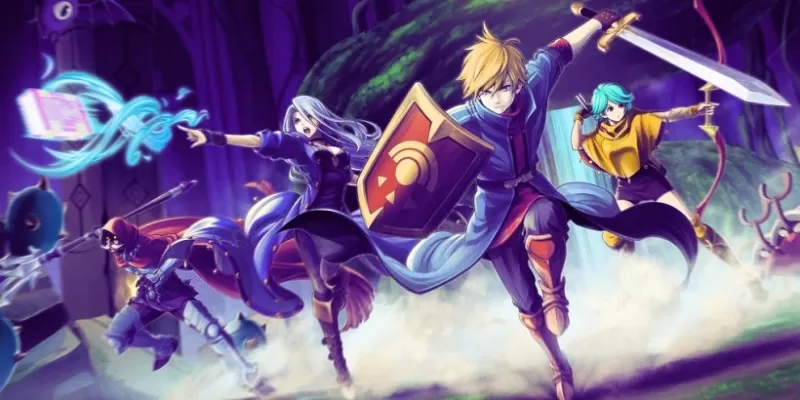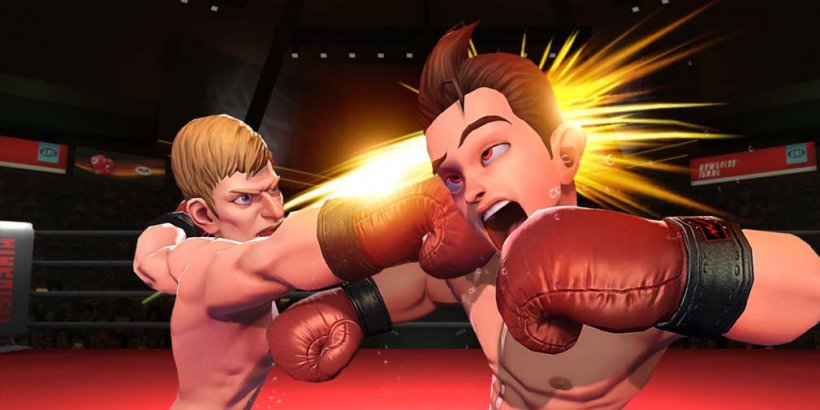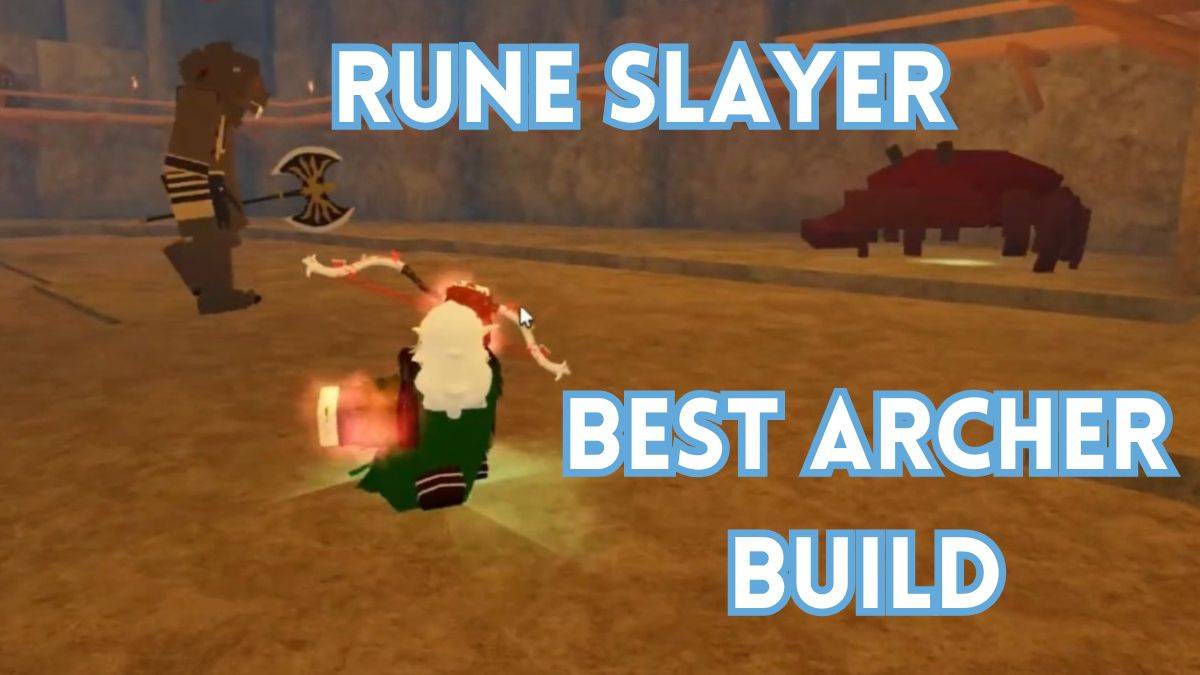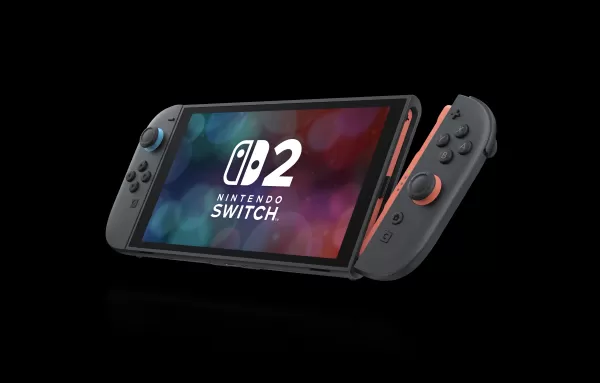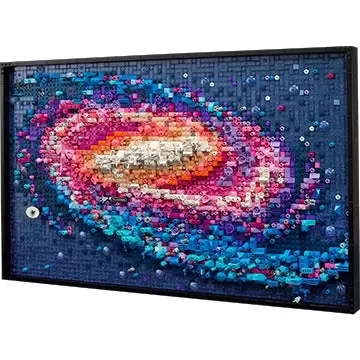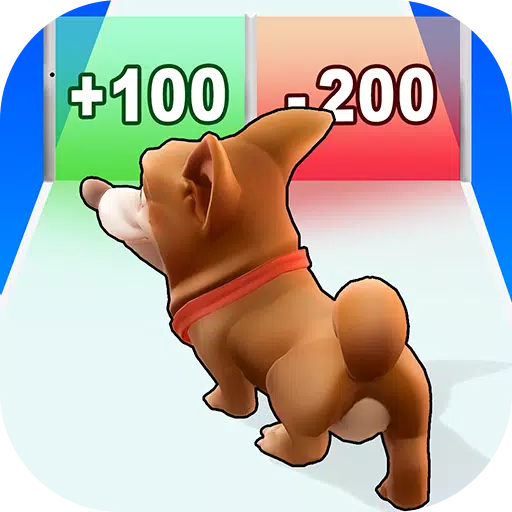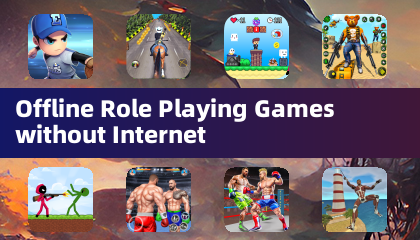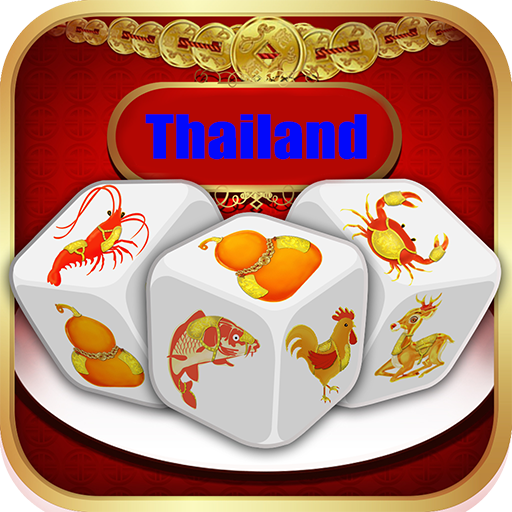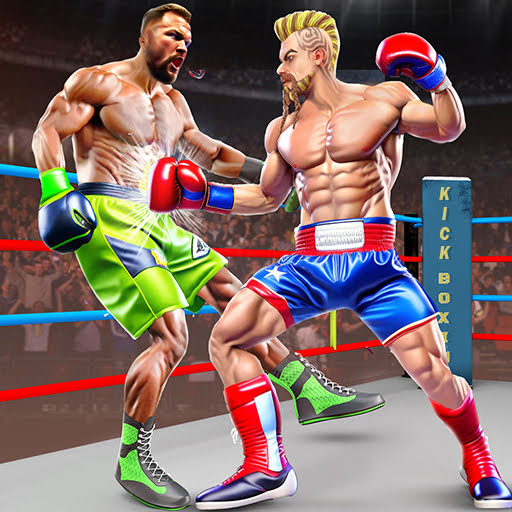Thanks to a renewed focus on the core ideas that the series was originally built upon, Assassin’s Creed: Shadows offers the most satisfying experience the franchise has delivered in years. The game reintroduces fluid parkour reminiscent of Unity, allowing you to seamlessly transition from the ground to castle rooftops. The addition of a grappling hook enhances this vertical journey, making it quicker to reach strategic vantage points. Perched on a tightrope high above your enemies, you're just a drop away from executing the perfect assassination – that is, if you're playing as Naoe. However, switch to Yasuke, the game's second protagonist, and you're in for a completely different experience.
Yasuke is slow, clumsy, and incapable of silent kills. His climbing abilities are severely limited, making him feel more like a grandpa struggling up a ladder than a nimble assassin. This design choice by Ubisoft is both baffling and intriguing because, when you play as Yasuke, it doesn't feel like you're playing Assassin’s Creed anymore.
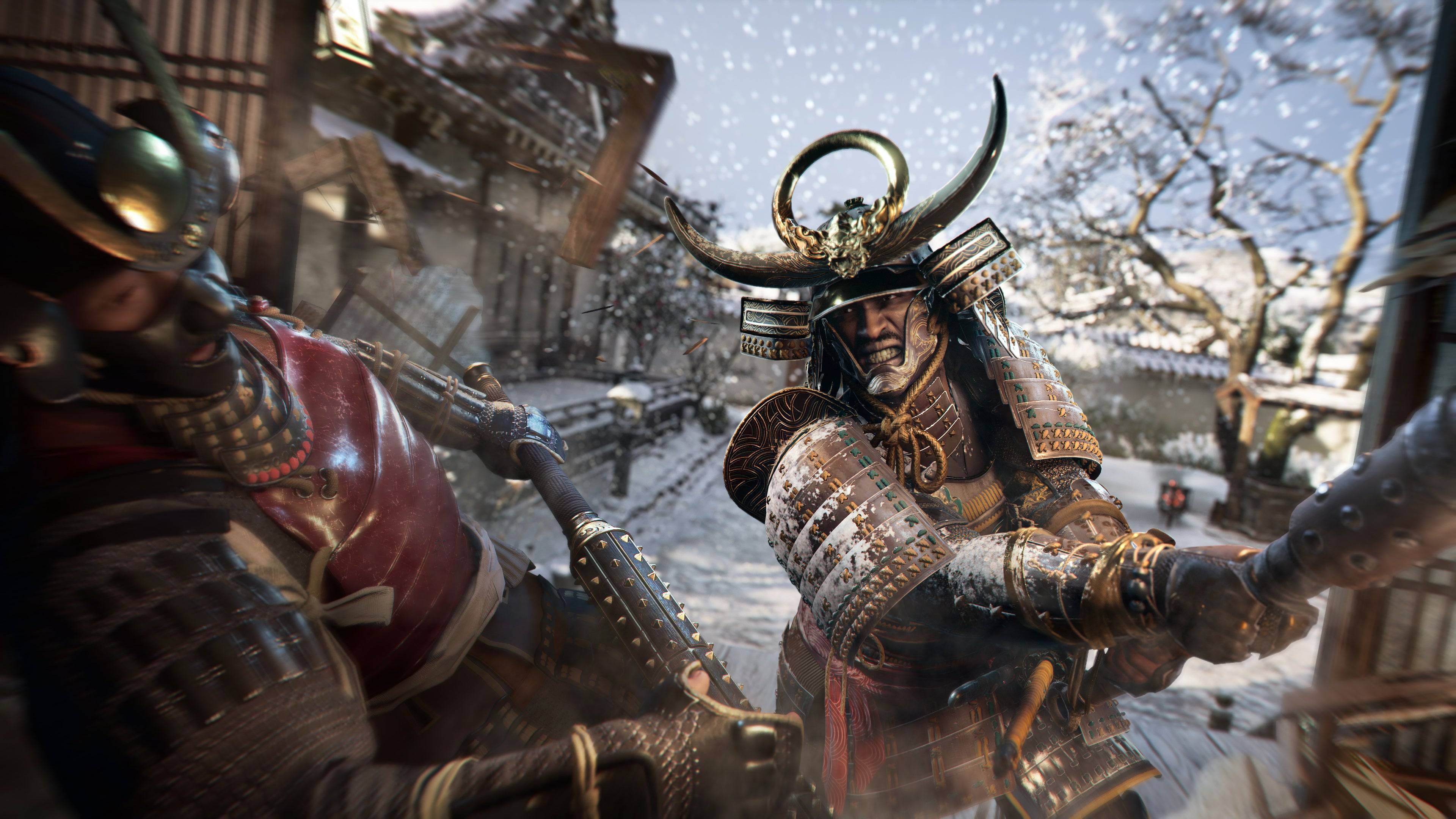
Initially, the stark contrast between Yasuke’s capabilities and the traditional Assassin’s Creed gameplay was frustrating. What's the point of an Assassin’s Creed protagonist who struggles to climb and can't perform silent takedowns? However, as I spent more time playing as him, I began to appreciate the merit in Yasuke’s design. He may be flawed, but he addresses crucial issues the series has faced in recent years.
You don't get to play as Yasuke until several hours into the campaign, after spending your initial time with Naoe, a swift shinobi who embodies the "assassin" aspect of Assassin’s Creed better than any protagonist in a decade. Transitioning to Yasuke is jarring; this towering samurai is too conspicuous to sneak through enemy camps and can barely climb anything higher than his own head. His climbing is painfully slow, and on rooftops, he precariously balances, making scaling environments a chore. This design encourages Yasuke to stay at ground level, limiting his ability to gain a strategic overview of threats and plan his approach. Unlike Naoe, who can use Eagle Vision, Yasuke has no such tool, forcing players to rely solely on his raw strength.
Assassin's Creed traditionally revolves around stealthy kills and vertical exploration, principles that Yasuke directly opposes. Playing as him feels more akin to Ghost of Tsushima than Assassin’s Creed, emphasizing fierce combat over stealth. Yasuke’s design challenges players to rethink how to approach the game. While previous protagonists could climb anything effortlessly, Yasuke requires careful environmental observation to uncover hidden pathways designed specifically for him, adding a layer of challenge and interest.
These pathways, however, only take Yasuke where he needs to go, limiting his general exploration and ability to gain high ground for reconnaissance. His only stealth ability, the "Brutal Assassination," is more of a combat opener than a silent takedown. Yet, when combat ensues, Shadows delivers the best swordplay the series has seen in over a decade, with purposeful strikes and a variety of techniques, including brutal rush attacks and satisfying ripostes. The combat mechanics are a highlight, showcasing a clear contrast to Naoe’s stealthy approach.
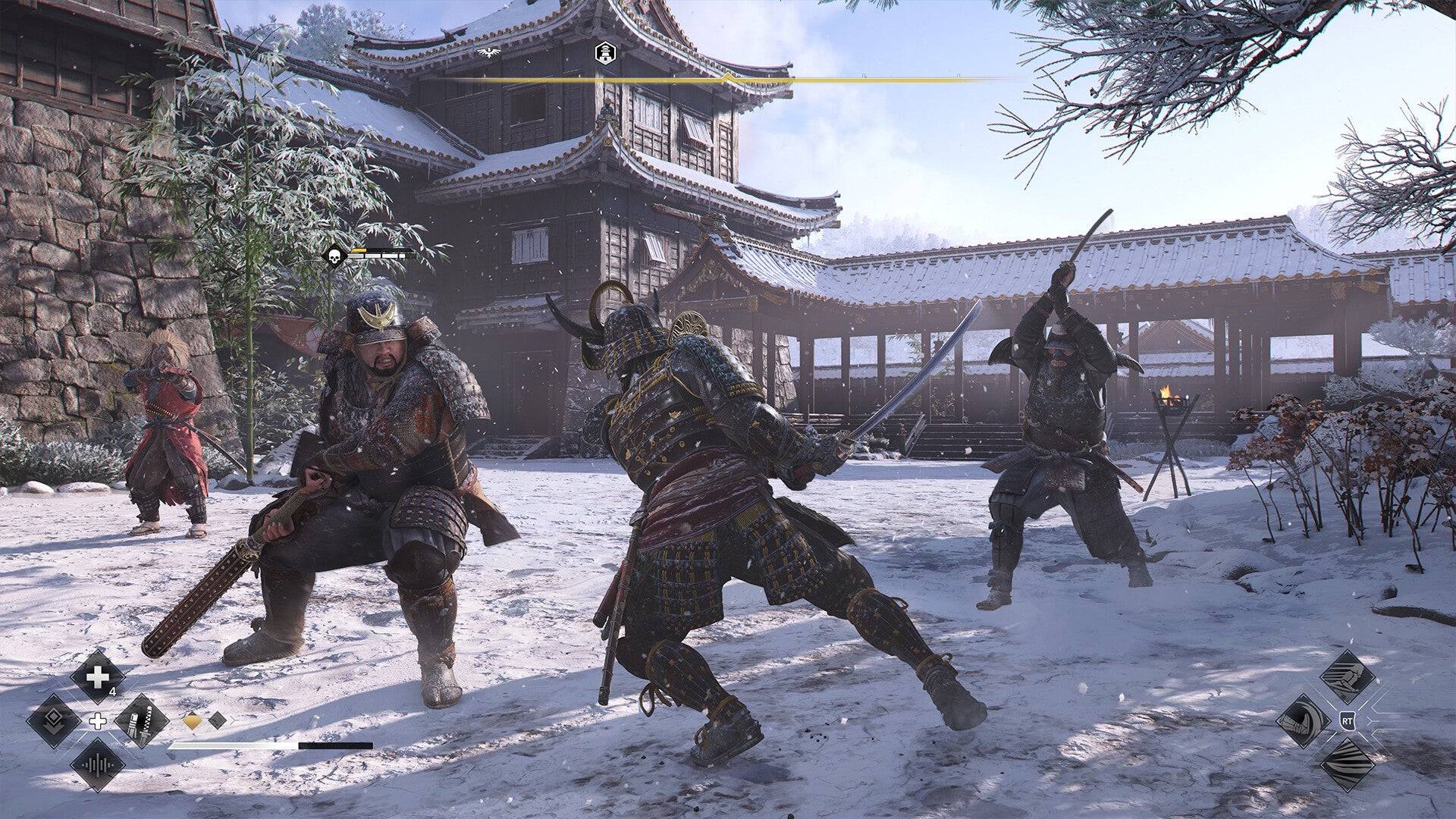
The separation of combat and stealth into two distinct characters prevents the blending of styles seen in previous games like Origins, Odyssey, and Valhalla. Naoe’s fragility means she can’t engage in prolonged combat, forcing players to reset the stealth loop, while Yasuke’s strength allows him to handle intense battles, making him a compelling choice for those seeking action.
Despite the intentionality behind Yasuke’s design, it's challenging to see how he fits into the Assassin’s Creed framework. While past protagonists like Bayek and Eivor ventured into action territory, they still retained core Assassin’s Creed mechanics like climbing and using hidden blades. Yasuke, as a samurai, struggles with stealth and climbing, making it impossible to play the game in the traditional Assassin’s Creed manner while controlling him.
The real challenge for Yasuke is the presence of Naoe. Mechanically, Naoe is the best Assassin’s Creed protagonist in years, with a comprehensive stealth toolkit perfectly complemented by the vertical architecture of Sengoku Period Japan. She benefits from the same enhanced swordplay as Yasuke but with the added thrill of vertical exploration and strategic stealth. This raises the question: why choose Yasuke when Naoe offers a more complete Assassin’s Creed experience?
Ubisoft's intent to offer two distinct playstyles with Yasuke and Naoe creates a double-edged sword. Yasuke presents a unique and compelling experience that diverges from the series' traditional gameplay, but it also stands in opposition to the core principles that make Assassin’s Creed unique in the open-world genre. While I'll always return to Yasuke for the thrill of his combat, it's through Naoe that I truly explore the world of Shadows. Playing as Naoe feels like playing Assassin’s Creed.

